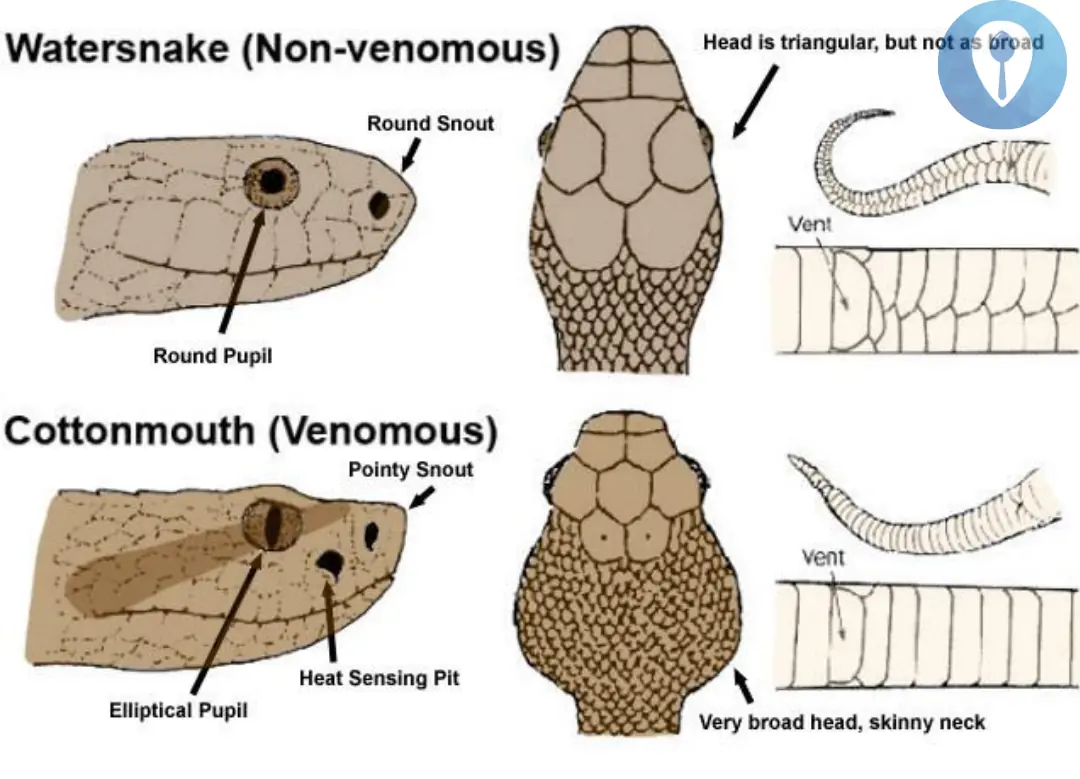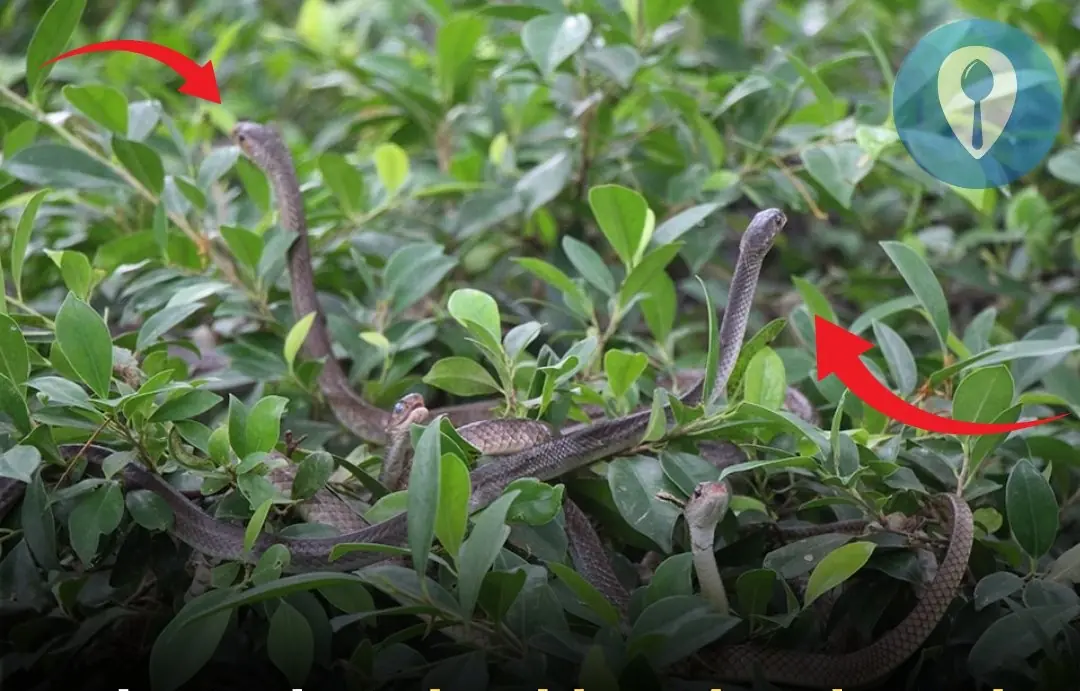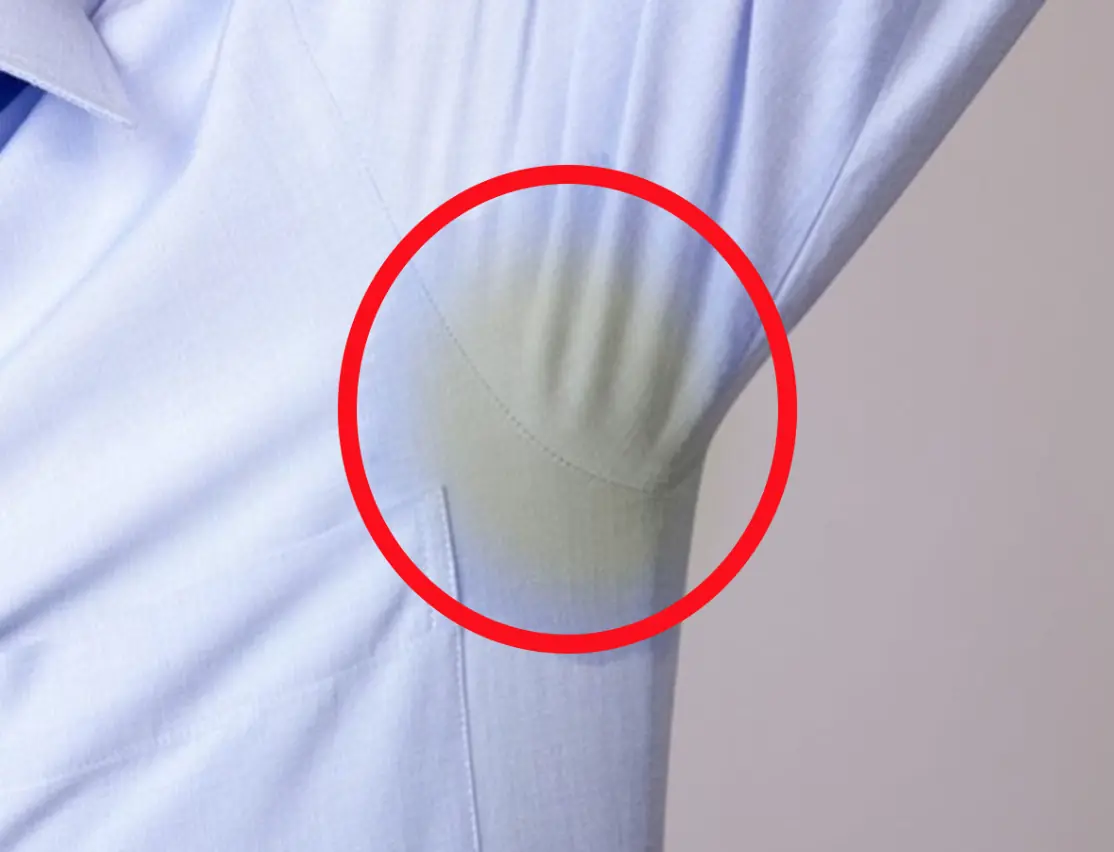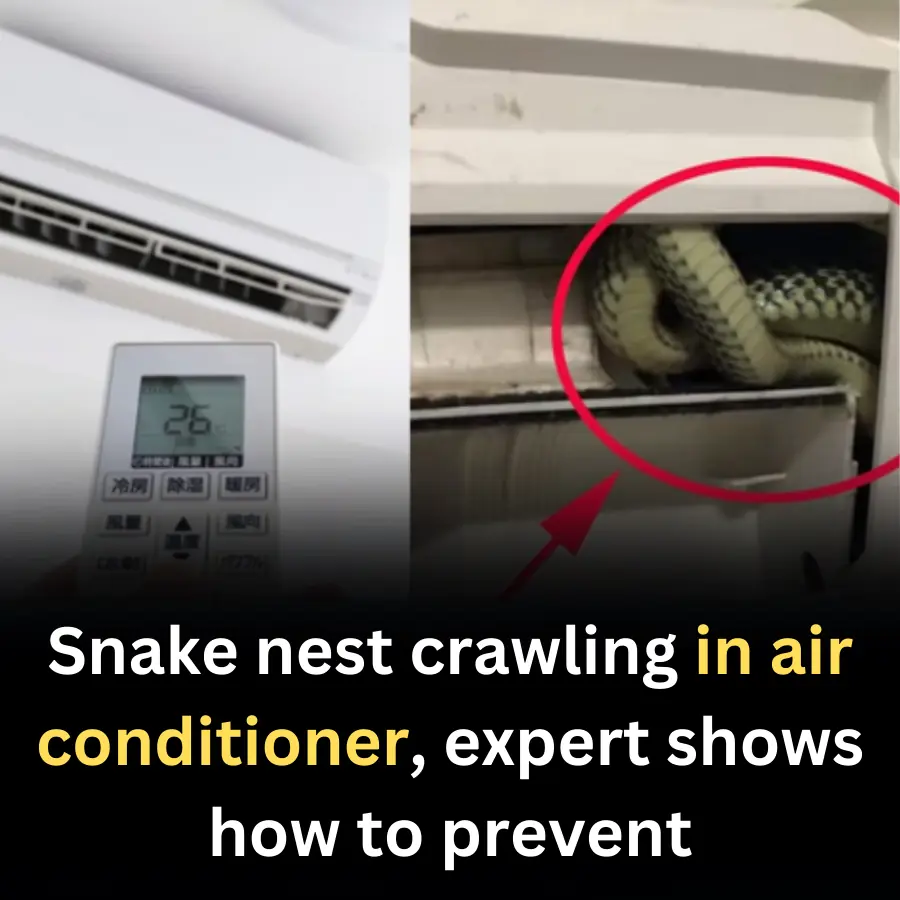
You need to distinguish between venomous and non-venomous snakes
How to Distinguish Between Venomous and Non-Venomous Snakes
When you are bitten by a snake, it's crucial to distinguish between venomous and non-venomous snakes in order to take the right action and avoid unnecessary harm. The key to making this distinction lies in understanding the physical characteristics of the snake. While all snake bites should be treated with caution, identifying the type of snake can help determine the urgency and the appropriate steps to take. In this article, we’ll explore the features you should look out for when bitten by a snake, including the shape of the head, pupil shape, snout, and body structure.
1. The Shape of the Snake's Head
One of the easiest ways to tell the difference between venomous and non-venomous snakes is by looking at the shape of their heads. A venomous snake such as the Cottonmouth (a type of pit viper) typically has a triangular head. This shape is characteristic of many venomous snakes, as it helps them house the large venom glands behind their eyes. These snakes will appear to have a broad head when compared to their slender neck.
In contrast, non-venomous snakes, like the Watersnake, usually have a round head. These snakes don’t have the specialized venom glands found in venomous species, so their head does not need to expand in the same way. The head will be relatively narrow and uniform, not flaring out like the triangular head of venomous snakes.
2. Snout Shape and Features
Another important characteristic to note is the snout. Venomous snakes, such as the Cottonmouth, tend to have a pointy snout. This shape helps them in hunting and striking at their prey. The pointy snout is also more pronounced in venomous species, giving the snake a more aggressive appearance.
On the other hand, non-venomous snakes, like the Watersnake, have a round snout. This rounded shape is much less pronounced and contributes to their less intimidating appearance. Non-venomous snakes don’t need to strike with venom and therefore don’t have the specialized head structures of their venomous cousins.
3. The Pupil Shape
The shape of the snake’s pupil is another helpful clue in distinguishing between venomous and non-venomous species. Venomous snakes like the Cottonmouth have elliptical pupils—similar to the shape of a cat's eye. These vertical slits are a key feature of many venomous snakes, especially those in the viper family.
In contrast, non-venomous snakes, like the Watersnake, have round pupils. This round pupil is much less striking and is found in a variety of harmless snake species. The difference in pupil shape can be seen when the snake is examined closely, especially when light hits its eyes.
4. Heat Sensing Pit
Venomous snakes such as the Cottonmouth possess heat-sensing pits on their faces, located between the eyes and nostrils. These pits allow the snake to detect the heat emitted by warm-blooded animals, helping them target prey with accuracy, even in the dark. These heat-sensing pits are a major feature of many venomous species, such as pit vipers, which rely on heat vision to strike effectively.
Non-venomous snakes, such as the Watersnake, do not have these heat-sensing pits. Instead, they rely on other sensory mechanisms, such as vibrations and smell, to locate prey. Therefore, the absence of heat-sensing pits is another way to distinguish between venomous and non-venomous species.
5. Body Structure and Skin
The body structure of a snake is another clue to its venomous or non-venomous status. Venomous snakes, like the Cottonmouth, tend to have a very broad head that leads into a skinny neck. This broad head is necessary for housing the venom glands. In addition, the skin of venomous snakes may appear to be more textured due to the presence of scales that help the snake to move through its environment.
Non-venomous snakes, such as the Watersnake, have a more uniform body shape. Their bodies are not as broad near the head, and their neck is typically not as pronounced. Their skin might be smoother and less textured compared to the rugged body structure of venomous snakes.
6. Tail and Vent Structure
The tail and vent structure of a snake are also indicators of whether it is venomous or not. Venomous snakes tend to have narrow tails that gradually taper to a point. The vent, or the cloacal opening, in venomous species is typically located near the tail and is used for both reproduction and excretion.
In comparison, non-venomous snakes often have wider, less tapered tails. The vent may be positioned slightly differently and is generally larger in proportion to the tail, indicating that the snake is not specialized for venomous strikes but for other survival tactics like constriction.
Conclusion: Know What to Do if Bitten
When bitten by a snake, it is important to stay calm and assess the situation. If you believe the snake is venomous based on the above characteristics, you should seek immediate medical attention. Call emergency services and try to remember the color, size, and shape of the snake to inform medical professionals. For non-venomous bites, it’s still important to clean the wound thoroughly and monitor for signs of infection.
Understanding how to distinguish between venomous and non-venomous snakes can be a life-saving skill. While venomous snakes can pose a serious threat, non-venomous species are often harmless and require much less immediate action. Always exercise caution when encountering a snake in the wild, and use these characteristics to help you react appropriately in an emergency.

News in the same category


Cooking Rice with Banana: It Sounds Unusual, but the "Golden" Benefits Are Amazing!

If you see garlic sprouting, don't rush to throw it away

Plants that should not be planted around the house

First Aid Guide: Foreign object swallowed

Simple tips to clean yellow sweat stains on white shirts

What to Do When You’re on a High Floor During an Earthquake: Simple Yet Crucial Guidelines

This Is the Nemesis of Fishy Odor: Add One Spoonful for Tender, Perfectly Seasoned Fish!

Japanese Don't Need Refrigerators: 3 Brilliant Ways to Keep Vegetables Fresh, Proving Their "Smart IQ"

The air conditioner exploded while running normally, important notes for prevention

How to Naturally Eliminate Dust Mites and Bedbugs from Your Mattress

Make the Most of Aluminum Foil: 9 Surprising Uses in Everyday Life

If You’re Keeping Your Washing Machine on the Balcony, You Definitely Should Consider This Design Upgrade

Snake nest crawling in air conditioner, expert shows how to prevent

The pan has lost its non-stick coating, don't throw it away

Check them now before it's too late

Defrosting Fish in Water Is a Mistake! Use This Method for Fast, Odor-Free, and Firm Fish

Does Longer Bone Broth Simmering Make It Tastier? Essential Tips for a Clear, Flavorful Broth

How to Keep Vegetables Fresh for a Whole Week – No More Wilting or Spoilage!

No Need for Sprays! 10 Quick & Easy Ways to Banish Ants from Your Home
News Post

Who D.ie.s If ‘E’ Pushes The Stone?

Many people worry that throwing toilet paper into the toilet might cause blockages

The "Secret" of the Small Hole on a Vegetable Peeler That Made Me Realize My EQ Has Been at Rock Bottom for 10 Years!

Can you spot the turtle in 15 seconds?

9 Warning Signs of Can.cer: Recognize Them Early to Save Your Life

What is the strange detail in the picture?

Cooking Rice with Banana: It Sounds Unusual, but the "Golden" Benefits Are Amazing!

Aftershocks: How Dang.erous Is the “Ghost” After an Earthquake and What You Need to Do to Protect Yourself

At 25, She Had to Undergo a Hysterectomy to Survive: A Girl Breaks Down in Tears, Urging Everyone Not to Ignore Four Small Changes

Want Firm, Wrinkle-Free Skin? Discover 9 Collagen-Boosting Superfoods That Keep You Surprisingly Youthful!

4 things many people do in the morning that put themselves closer to a stroke

If you see garlic sprouting, don't rush to throw it away

Plants that should not be planted around the house

Limo from ‘Putin’s car fleet’ is bl.o.w.n up in huge blast as troops from par.an.oid ty.r.ant’s honour guard searched for b.om.bs

First Aid Guide: Foreign object swallowed

The Most Common Crippling Hand Disease That You’ve Never Heard Of: Dupuytren’s Contracture

Simple tips to clean yellow sweat stains on white shirts

What to Do When You’re on a High Floor During an Earthquake: Simple Yet Crucial Guidelines

Never keep these 4 relics
